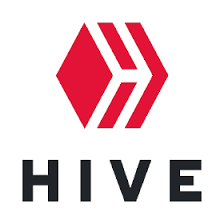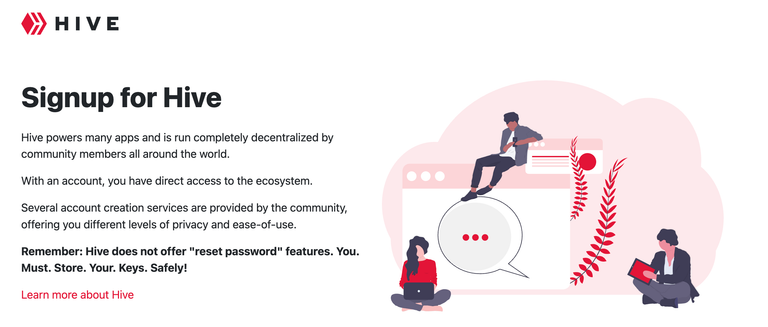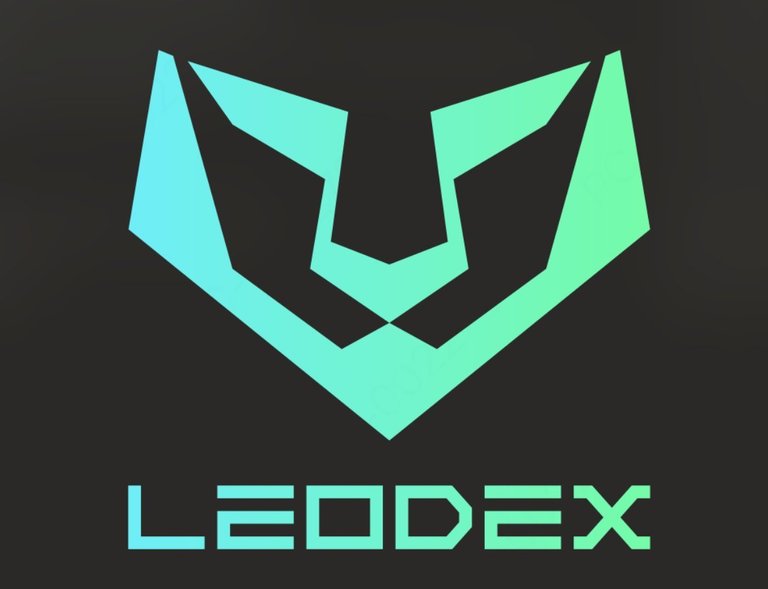Explaining LeoDex's Perpetual Futures (PERPS)

1. 🌐 Decentralized Platform (The 'No Boss' Rule)
The Problem with Normal Trading:
- Usually, when you trade futures, you use a centralized exchange (like a big bank or company).
- That exchange holds your money for you, which means they are in charge, and your money is at risk if something happens to them.
How LeoDex is Different:
- LeoDex is decentralized (like a 'no boss' system).
- All the trading and the assets (your money) happen directly on the THORChain network (a public computer system).
- In Simple Terms: No single company or exchange ever holds your funds.
- You are always in control of your own money, making it a safer system against hacks or exchange shutdowns.
2. 🪜 Leverage (Trading with 'Borrowed Power')
What it is:
- Leverage is like using a small amount of your own money to control a much larger position.
- Example: If you put up $$100$ and use $10x$ leverage, you can trade as if you had $$1,000$.
The Trade-off:
Good Part:
If your trade goes well, your potential profit is much bigger.
Bad Part:
If your trade goes poorly, your potential losses are also much bigger, and you risk liquidation (losing your initial money much faster)
##n.3. ⚖️ Funding Rate (The Price Balancer)
The Goal:
- PERPS never expire, so they need a special way to make sure their price stays very close to the actual, current market price (spot price) of the crypto asset (like Bitcoin).
The Mechanism:
A small payment, called the funding rate, is exchanged between the traders on the platform. It happens periodically (like every few hours).
Too Many Buyers (Price High):
- If the PERP price is higher than the actual price, the optimistic buyers (longs) have to pay the pessimistic sellers (shorts).
- This makes buying expensive and pushes the PERP price back down.
Too Many Sellers (Price Low):
- If the PERP price is lower than the actual price, the pessimistic sellers (shorts) have to pay the optimistic buyers (longs).
- This makes selling expensive and pushes the PERP price back up.
4. ♾️ No Expiration (The 'Forever' Contract)
What it means:
- Unlike traditional contracts that force you to sell or buy by a certain date (the expiration), a PERP contract can be held forever.
The Condition:
- You can hold it as long as you have enough money in your account (collateral) to cover the risks of your leveraged position.
- If you run out of money, your position will be closed (liquidated).
Terms Explained
Liquidation (The 'Forced Close' of Your Bet)
- Imagine you open a leveraged position (a big bet with borrowed power) on a perpetual futures contract.
What it is:
- Liquidation is when the exchange or trading platform automatically and immediately closes your trading position because you no longer have enough money (collateral) in your account to cover the potential losses.
Why it Happens:
- When you use leverage, a small change in the asset's price can lead to a large loss very quickly.
- If the market price moves against your bet enough that your account balance drops below the minimum required amount, the platform steps in to prevent your losses from becoming losses for the entire system (since your leverage is essentially borrowed money).
In Simple Terms:
- It's the moment you lose the money you initially put up for the trade.
- It is the major risk of using high leverage.
Spot Price (The 'Right Now' Price)
What it is:
The spot price is the current market price at which an asset (like a cryptocurrency, a stock, or a barrel of oil) can be bought or sold for immediate delivery.
Where you see it:
When you look up the price of Bitcoin on any major exchange right now, you are looking at the spot price.
In Simple Terms:
It is the real-time price of the actual asset.
Relation to PERPS:
The entire goal of the funding rate mechanism is to ensure the perpetual futures contract price stays as close as possible to this spot price.
What is collateral and how does it works to prevent liquidation.
What is Collateral? (The Security Deposit):
In General: Collateral is simply an asset (like cash, property, or crypto) that a borrower pledges as a promise to pay back a loan. If the borrower can't repay the loan, the lender has the right to take the collateral.
Example: When you get a car loan, the car is the collateral. If you stop paying, the bank takes the car.
In Perpetual Futures:
Collateral is the money you deposit into your trading account to open a leveraged position. It is also often called margin.
This money serves as the safety net for the funds you are effectively "borrowing" to open the larger, leveraged trade.
How Collateral Prevents Liquidation (The Buffer Zone)
When you open a leveraged trade, your collateral creates a buffer against market losses.
Opening the Trade (Initial Margin):
You put up a small amount of money (your initial collateral) to open a large position. The rest of the position size is covered by the exchange's "loan" (the leverage).
The Price Moves Against You:
- If the price of the asset moves in the opposite direction of your bet, your trade starts losing money.
- These losses are first deducted from your collateral (your margin).
The Safety Threshold (Maintenance Margin):
- The trading platform sets a minimum amount of collateral, called the maintenance margin, that you must keep in your account to keep the leveraged position open.
The Liquidation Trigger:
As your trade loses money, your initial collateral shrinks.
If your collateral drops down to this minimum maintenance margin level, your buffer has run out, and you are about to lose the "borrowed" money.
To prevent this, the exchange triggers liquidation, which automatically closes your losing position.
Key Takeaway:
The more collateral you put in (or the less leverage you use), the bigger the buffer zone, and the further the price has to move against you to cause a liquidation.
What is the difference between initial margin and maintenance margin?
Initial Margin (The Down Payment)
Purpose: To open a new leveraged position.
What It Is: The minimum amount of your own money you must deposit to cover a percentage of the total trade value.
Timing: Required upfront before the trade can be executed.
Amount: Generally a higher dollar amount or percentage than the maintenance margin.
The Safety Net Role It is your "skin in the game" and establishes your maximum leverage.
Consequence: If you don't have this, you cannot open the trade.
Maintenance Margin (The Minimum Balance)
Purpose: To keep an existing position open.
What It Is: The absolute minimum account balance (equity) you must maintain after a trade is open to avoid liquidation.
Timing: Continuously monitored after the trade is open.
Amount: A lower dollar amount or percentage.
The Safety Net Role It is the "last line of defense" before the trade is forcibly closed.
Consequence: If your account drops below this, you get a margin call (a request for more funds) or are liquidated.
Last Words.... this is a fun exercise talking about perpetuals and trying to explain how they work.
- Learn, earn and trade wisely
- Learn as much as you can and consider paper trading until you are confident you can win.
- Only trade what you can afford to lose.
- Remember you wins are yours and your losses are yours. Take full responsibility for your actions.
.
The End
@Shortsegments
Thank you for reading my post


This post was written by Shortsegments, who has been writing about cryptocurrency, the blockchain, digital ledgers, bitcoin, ethereum, and decentralized finance; where digital ledgers and smart contracts meet finance, for seven years. You will find his articles here on his blog Link to his blog.
Learn more about Hive at the Hive FAQ Page Link

Join Hive for Free Link

Inleo

This was published on the social community called Inleo, a monetized social media community. A Social Media Platform where Likes become Money
Open an account for free and choose your name
JOIN4FREE.
Once you join Tag me by typing #shortsegments at the bottom of your thread or post, and I will find your post, and I will reward you for joining our community with my referral link.
.

Leodex Decentralized exchange
Where cross chain swaps are made easy; the exchange does all the work of trading across one or more blockchains, so you don't have to!

- ⚡️ LeoDex: Your Portal to Profit! ⚡️
Use My Referral Code/Link for a Ten Percent Discount on all Trades!!
Use my secret referral code LeoDex.io/?ref=shorty for a whopping 10% discount on trades!

The End
@Shortsegments
Thank you for reading my post


This post was written by Shortsegments, who has been writing about cryptocurrency, the blockchain, digital ledgers, bitcoin, ethereum, and decentralized finance; where digital ledgers and smart contracts meet finance, for seven years. You will find his articles here on his blog Link to his blog.
Learn more about Hive at the Hive FAQ Page Link

Join Hive for Free Link

Inleo

This was published on the social community called Inleo, a monetized social media community. A Social Media Platform where Likes become Money
Open an account for free and choose your name
JOIN4FREE.
Once you join Tag me by typing #shortsegments at the bottom of your thread or post, and I will find your post, and I will reward you for joining our community with my referral link.
.

Leodex Decentralized exchange
Where cross chain swaps are made easy; the exchange does all the work of trading across one or more blockchains, so you don't have to!

- ⚡️ LeoDex: Your Portal to Profit! ⚡️
Use My Referral Code/Link for a Ten Percent Discount on all Trades!!
Use my secret referral code LeoDex.io/?ref=shorty for a whopping 10% discount on trades!

Posted Using INLEO

#hive #posh
Thank you posting on X
Welcome
You explained perpetual futures in a way that’s easy to understand, even for someone new to trading. I like how you pointed out the benefits of using decentralized platforms like LeoDex and also mentioned the risks involved. It’s a good reminder that control over funds also comes with responsibility.
You point out an important point.
When their are big price moves in the Spot market, COinbase and other centralized exchanges shutdown!
This means Perpetul Futires traders are shut out and they can't make deposits and save their trades!
So just another good reason nto use decentralized platforms like LeoDex.
The higher it looks the volatility is, the better the profit potential will be
Another GEm. I could see myself trading these for a living.
It is absolutely true that if we work on such an exchange, we will always be afraid that our money will be lost because we have seen in history that many exchanges that exist have become bankcurrpt.